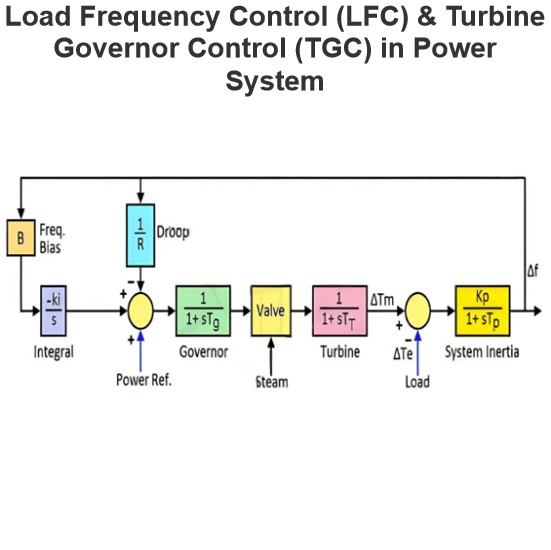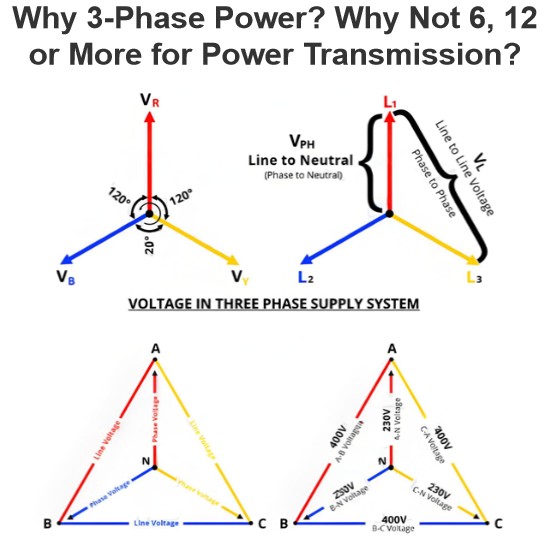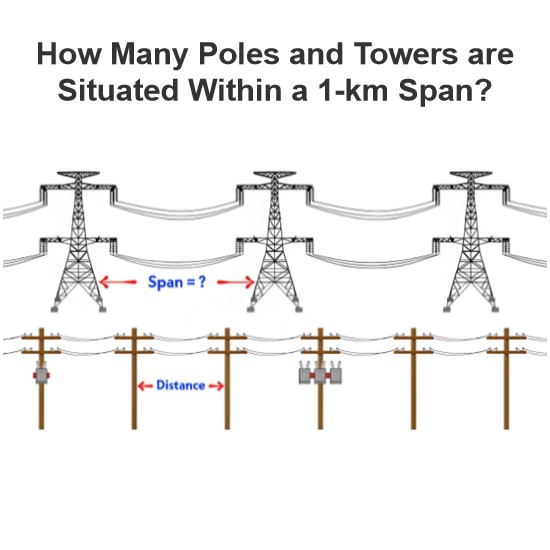What is the purpose of connecting the neutral and ground wires to the same bus in the main switchboard?
What is the purpose of connecting the neutral and ground wires to the same bus in the main switchboard?
The purpose of connecting the neutral and ground wires to the same bus in the main switchboard is mainly for the safety and normal operation of the electrical system.
For security reasons
Fault current path: In the event of a fault in the electrical system, such as a short circuit or leakage of current, this connection provides a clear path for the fault current to flow to the ground. This helps trigger protective devices such as circuit breakers or fuses to cut off power and prevent electrical hazards.
Equipotential: Connecting neutral and ground wires to the same bus helps maintain equipotential throughout the system. This reduces the risk of electric shock because there is no significant potential difference between the conductive part of the system and the ground.
For normal operation
Voltage stability: Neutral lines are used to carry unbalanced currents in three-phase systems. By connecting it to the ground in the main switchboard, it helps to stabilize voltage levels. This is important for the proper operation of electrical equipment, as voltage fluctuations can damage sensitive equipment.
Noise reduction: This connection also helps reduce electrical noise and interference. Grounding provides a path for unwanted electrical signals to dissipate, improving the overall quality of the power supply.
However, it is important to note that care must be taken when making this connection to ensure that it is operated in accordance with electrical codes and standards. Incorrect connections can cause serious security and operational problems.
The Electricity Encyclopedia is dedicated to accelerating the dissemination and application of electricity knowledge and adding impetus to the development and innovation of the electricity industry.













